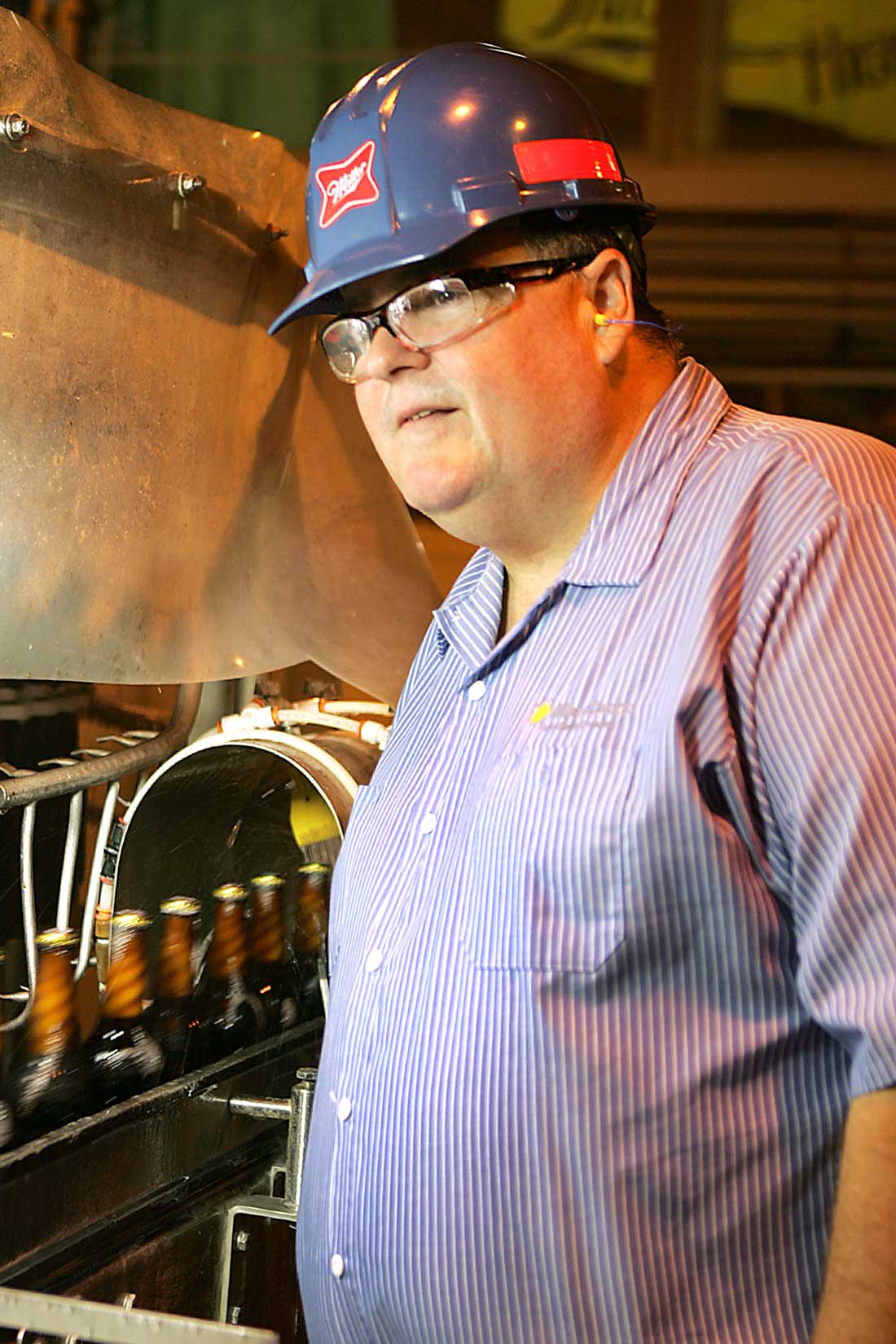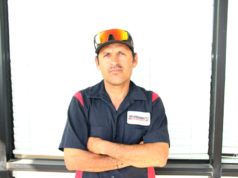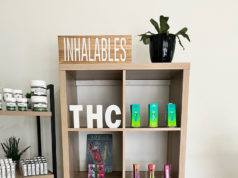The seriousness of the drought plaguing Texas and much of this country has been clear for a long time. Not to mention in other parts of the world like Tunisia, where crop shortages caused by climate change have resulted in civil war and revolution.
But now there is talk of a drought effect that’s even more dire: potential beer shortages. Can civilization survive?
Beer, one might say, is a bumper crop in North Texas, particularly in Fort Worth, where MillerCoors, the nation’s second-largest brewing company, operates one of its eight major breweries. Not to mention Rahr and other smaller breweries in the area, whose products have gripped the city in a craft beer craze.
Don’t go hoarding those Ugly Pugs or Martin House Rubberneck Reds just yet, though.
Kim Marotta, MillerCoors’ director of sustainability, said neither the state nor the country at large will be running out of brews anytime soon.
“We’re not at a point where that’s an immediate concern,” she said. “And we’re planning to make sure that doesn’t become an imminent concern.”
Still, the drought is having real effects on brewers. Changing weather conditions at home and abroad, combined with Americans’ growing appetite for beer, have created a shortage of both hops and barley. The state of Washington, which produces almost 80 percent of the country’s hops, is threatening to ration that essential beer ingredient, because crop yields are diminishing while demand grows. The same thing is happening to barley supplies.
Then there’s the water itself. It’s not only the main ingredient in beer but also a key component of every part of the brewing process. And in Fort Worth, as in so many other beer-brewing and beer-drinking areas, water supplies are endangered by the combination of drought, population growth, and industries.
Companies like MillerCoors are starting to fight back in various ways.
Texas is the company’s second largest market, and the Chicago-based brewer is Fort Worth’s biggest water customer. Last year alone, it bought more than 890 million gallons from the city –– almost three times as much as the entire town of Dalworthington Gardens uses.
Nationally, MillerCoors cut its water usage by more than 9 percent in 2013 compared to 2012. Its Fort Worth plant was one of the first to reach the company-wide water sustainability goals. That 890 million-gallon figure is still 59 million gallons less than the company used in 2012.
Unlike residential customers, whose outdoor water usage is now permanently restricted to certain days, MillerCoors uses what it needs whenever it needs it. The company has its own pipeline straight from Fort Worth water treatment facilities, though once the water arrives, much of it gets treated again.
“You can’t just put tap water into a boiler,” said Lairy Johnson, the Fort Worth brewery’s technical services manager. “You can’t use tap water to make beer — you have to process it.
“We’re in the water-enhancement business,” he joked.
Marotta said her company’s water conservation program started back in 2008, when Miller and Coors merged. When the drought got serious in 2010, it made the program all the more important.
“It’s been a little bit of a change agent, because it validated some of the fears we might have had,” she said. “Early on we understood that three of our major breweries — one in California, one in Texas, and one in Colorado — faced long-term risk from being in water-scarce conditions.”
Fortunately, she said, “We can continue to make more beer using less water.”
What?
She’s not talking about lowering the percentage of water in a bottle of beer. Breweries use steam for heating their kettles and water for many cleaning processes. A significant amount of water is lost in the process of heating boilers.
Last year MillerCoors cut the amount of water it uses from 3.82 to 3.48 barrels of water per barrel of beer, and the Fort Worth plant used only 3.27.
In 2008 the company implemented a variety of water-reduction strategies such as shortening the rinse cycles of cleaning processes and using waterless lubrication during bottling, which keeps the bottles from clanging and shattering. The Fort Worth brewery began using recirculated rather than fresh water to cool beer after pasteurization. MillerCoors installed water-reclamation systems in six of its eight major breweries, saving tens of millions of gallons of water annually.
Johnson, whose job includes overseeing the local brewery’s sustainability program, credited much of the program’s successes to employee feedback.
“Some of the great water-reduction programs we’ve had in-house have come from employee ideas,” he said.
A single employee-led innovation saves tens of millions of gallons of water a year. “We need steam to heat our kettles,” Johnson said. “We were always running two or three boilers just to ensure that we always had steam. The employees figured out that … maybe we don’t need all of the boilers on [at the same time]. That was a huge drop-off in the amount of energy and water we used.”
Fritz Rahr, owner of Rahr & Sons Brewing Company, has also cut water usage, including by changes to cleaning methods.
“The returns financially are there,” he said. But the real benefit is, “We’re not using as much of our natural resources, and we’re getting the same results.”
MillerCoors has also been proactive in protecting its agricultural supply chain. The company, along with an Idaho-based nonprofit, developed a barley farm that uses water-saving growing techniques. The company estimates that the farm saved more than 429 million gallons of water over the past three years. The company has since developed a similar farm in Colorado.
To protect future beer drinkers, the company is trying to help preserve the Trinity watershed’s underground water supplies.
“If we wanted to be around for the long term, we needed to really understand the watershed: what water is available from a quality and quantity standpoint,” Marotta said.
In 2009 MillerCoors launched a program called Water is a Crop, in conjunction with Trinity Waters, a local nonprofit focused on habitat restoration. The goal is to find a way to get the most out of what little rain falls from Texas skies. The project’s first test subject was Gary Price’s 2,500-acre cattle ranch in Blooming Grove, an hour south of Dallas.
“We got really focused on what would work on his property,” Marotta said. “When it rains [in Texas] it rains hard and it rains fast. When it rains that hard on dry land, the runoff is pretty intense,” and less water soaks in to replenish the aquifer.
Their solution to retaining water and reducing runoff was to plant tall vegetation throughout the property.
“We … found that we were able to keep 60 percent more of the water on the ground,” she said.
The company applied that model to more than 100 other ranches and farms. Now, Marotta said, the company has committed about $6 million to the project, and more than 25,000 acres of North Texas land are involved.
Eventually, she said, “We think we’ll see a difference in the Trinity watershed.”












